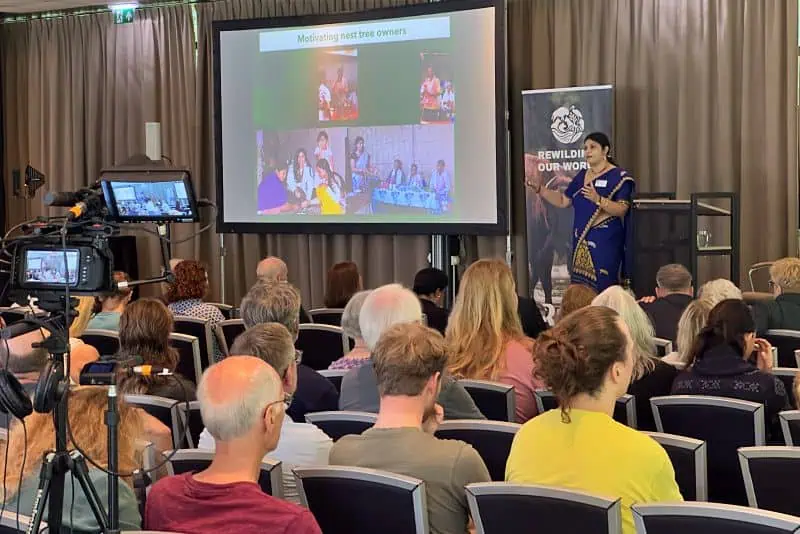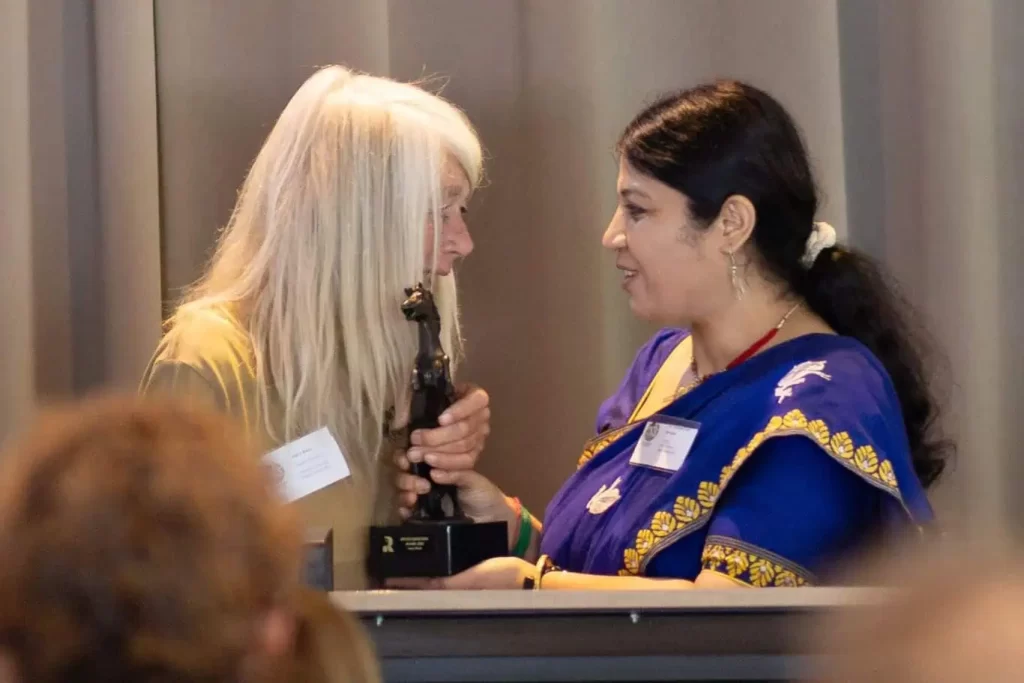Share:
Turning Over a New Leaf: How Deep Change Can Tackle Our Interconnected Crises

In the face of escalating climate disasters, biodiversity loss, and an unsustainable global waste crisis, the United Nations University – Institute for Environment and Human Security (UNU-EHS) has released a new edition of its Interconnected Disaster Risks report titled “Turning Over a New Leaf”. This report offers a bold new vision for transformational change, urging societies to go beyond merely mitigating disasters and to reimagine a thriving, sustainable world rooted in new values and structures.
🔗 Full report: Turning Over a New Leaf – Interconnected Disaster Risks 2023
The Challenge: Knowing What to Do, But Failing to Act
Climate change is accelerating. Species extinction and ecosystem degradation are occurring at unprecedented rates. The world produces over two billion tonnes of waste annually, a figure expected to double by 2050. Scientists have repeatedly sounded the alarm: phase out fossil fuels, restore ecosystems, and shift to sustainable living. Yet, progress remains sluggish. The question is no longer what to do—but why aren’t we doing it?
Introducing the Theory of Deep Change
This year’s report responds to that question by introducing the Theory of Deep Change (ToDC). This new framework helps us understand why surface-level responses often fall short. It explains that real change requires addressing the root causes of global crises—our beliefs, values, and social systems.
The theory involves four core stages:
- Observe current outcomes.
- Identify root causes.
- Envision a desirable future.
- Explore transformations to achieve it.
Rather than simply preventing catastrophe, ToDC helps reimagine how we might live in a future that is abundant, resilient, and just.
Five Transformational Shifts
The report outlines five key transformations needed for deep systemic change:
- Rethink waste – From trash to treasure
- Realign with nature – From separation to harmony
- Reconsider responsibility – From me to we
- Reimagine the future – From seconds to centuries
- Redefine value – From economic wealth to planetary health
These changes require moving away from reactive, short-term thinking to proactive, long-term systems redesign.
From Plastic Waste to Planetary Health
One practical example explored is our relationship with waste. Current systems are based on linear consumption: extract, use, discard. Even well-intended efforts like recycling struggle because they operate within a system that rewards overproduction and disposability.
To fix this, ToDC suggests changing our underlying assumption that material consumption equals happiness. Only by shifting our values to recognize resource finiteness and the value of durability can we build effective circular systems—supported by policies such as right-to-repair laws or design standards that promote reuse and longevity.
🔗 Technical report: Rethinking Waste – Interconnected Disaster Risks 2023
Inner and Outer Levers of Change
The report distinguishes between inner levers—changes in personal or collective values—and outer levers—changes in societal structures like laws and institutions. While inner levers deal with the “soil” (beliefs and assumptions), outer levers affect the “trunk and branches” (structures and systems).
When used together, these levers can reinforce one another. For instance, the global shift in attitudes toward smoking resulted from both public health campaigns (inner levers) and regulatory action (outer levers). This same interplay is needed to address climate and ecological breakdown.
A Global Responsibility: Moving Beyond Unilateralism
UNU-EHS also warns of the dangers of individualistic or unilateral climate actions, such as solar geoengineering. Though marketed as quick fixes, such technologies can have unintended global consequences—worsening inequalities and climate injustices. Instead, we must embrace global cooperation, based on shared responsibility and mutual care.
🔗 Technical report: Reconsidering Responsibility – Interconnected Disaster Risks 2023
Learning from the Past: The Montreal Protocol
The report highlights the 1987 Montreal Protocol as a rare but powerful example of successful global coordination. Through binding agreements, financial support, and shared goals, the Protocol reversed ozone depletion—a feat now guiding us toward full ozone recovery by 2066. It proves that unified global action is possible—and effective.
Hope Through Radical Imagination
While today’s risks are daunting, UNU-EHS emphasizes that human-made systems can be unmade—and remade. With bold imagination and deliberate action, we can cultivate systems rooted in planetary health and collective wellbeing. The report urges us not just to limit harm but to actively build the future we want.
🔗 Technical report: Redefining Value – Interconnected Disaster Risks 2023
🔗 Technical report: Reimagining the Future – Interconnected Disaster Risks 2023
🔗 Technical report: Realigning with Nature – Interconnected Disaster Risks 2023
Rewilding is deep change
In the technical report “Realign with Nature” (2025), rewilding is presented as a vital approach to restore ecological integrity and reconnect humans with natural processes. The report highlights rewilding as a means to support ecosystems in regaining their functionality by reintroducing keystone species, allowing natural succession, and reducing human control over landscapes.
Rather than managing nature for useful outcomes, rewilding embraces uncertainty and complexity, fostering self-sustaining systems that can adapt to change. This approach aligns with the broader transformation advocated by the UNU-EHS—to shift from dominating and exploiting nature to collaborating with it. Rewilding, in this context, is not just an ecological intervention but a cultural shift toward humility, participation, and coexistence with the living world.
Turning Over a New Leaf: A Call to Action
“Turning Over a New Leaf” doesn’t just diagnose the crisis—it offers a roadmap to deep, meaningful transformation. By rethinking what we value, reimagining our relationship with nature, and committing to both personal and collective change, we can move from crisis to opportunity.
This is not about returning to an idealized past—it’s about courageously creating a future where both people and planet can thrive. The time to act is now—and it starts with shifting our beliefs, our systems, and ultimately, our direction.






